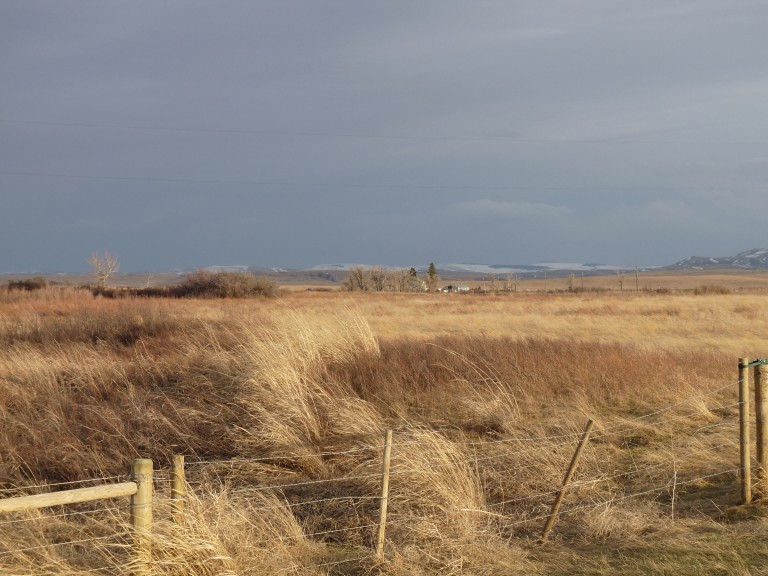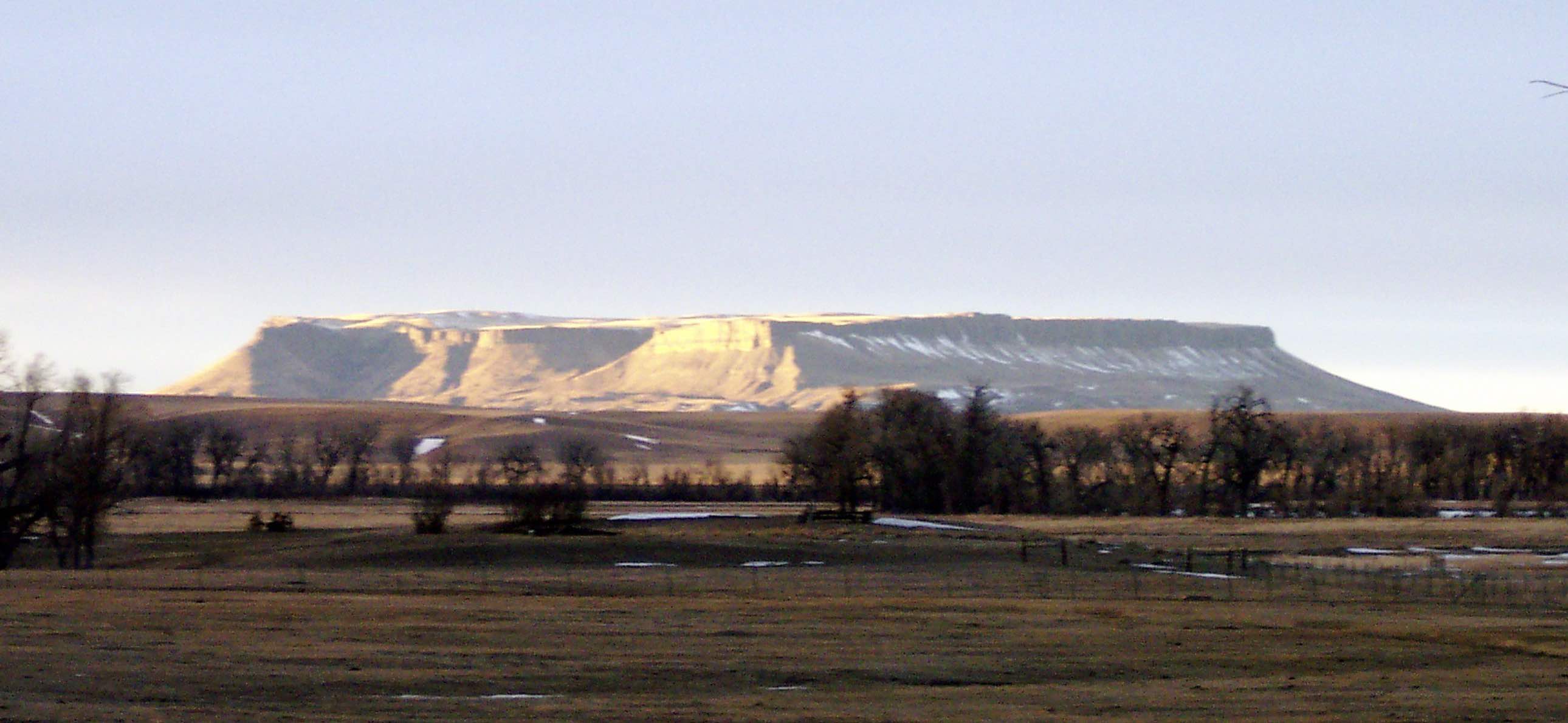Where’s Home?
Less than a mile from the place I call home lies another set of buildings, barely visible across the grass and just breaking the southern horizon line. This was always “the home place” for my dad who was born and raised there. It was the land that my grandparents homesteaded, the place that my father mourned, and the home that he finally at age 90 had reconciled himself to leaving.
Until a few years ago when we met the new neighbors, I had only driven by the buildings because the memories were too raw for my dad to introduce me to his childhood landscape. I had always wondered what difference a mile could make in a person’s perception of a landscape.
In fact, the view-shed is different, underlining the power of our landscapes and their demarking horizon lines. The outline of the buttes cuts the sky with different lines. The river with its brush and trees is barely if even visible. The creek is not a part of my familiar kitchen window view-shed.
Dismissive of how our physical and cultural landscapes change when we move our residence, America is a country that prides itself on its mobility. In fact, studies have shown that the average American moves every two years, and in many ways, mainstream America is more rootless than the tribal societies it dismisses. The “Westering” urge, the readiness to move on to a place over the hill to find a better place, has come to define Americans, and perhaps part of our current societal depression and anger comes from a deep down realization that there no longer is a frontier to escape to.
One of the tools that I encourage artists developing their business is to create and use a landscape journal. To those artists who respond with arms akimbo and the phrase, “I don’t paint landscapes,” I point out that our landscapes include far more than trees, mountains, and a sea of grass.
Our landscapes also include the cultures that hold us, shaping how and what we create. Studying and recording what lies within our view-shed yields the story that helps to sell the art. It also can supply us with clues to our creative identity and the art that lies “hidden in plain view.”
[Note: Although I first shared this post on May 15, 2011, I find that the idea of keeping a journal of how we interact with our cultural and physical landscapes provides us with a deep dive into the passion with which we create. Photo by E.L.Kittredge. ]

Comments are closed, but trackbacks and pingbacks are open.